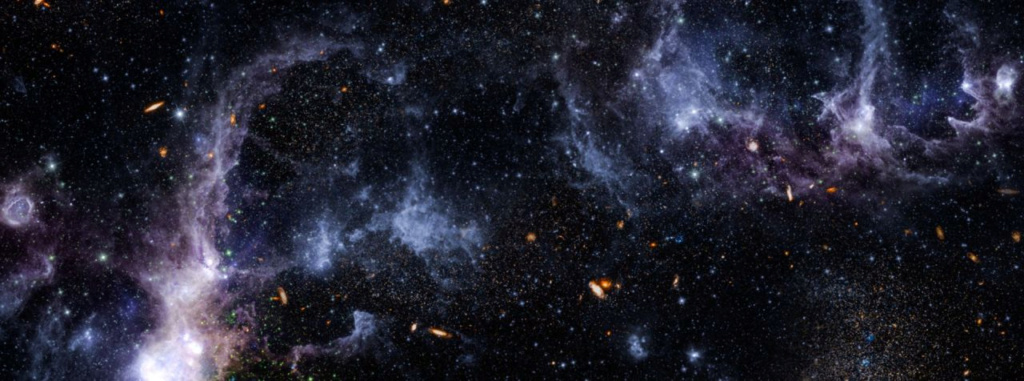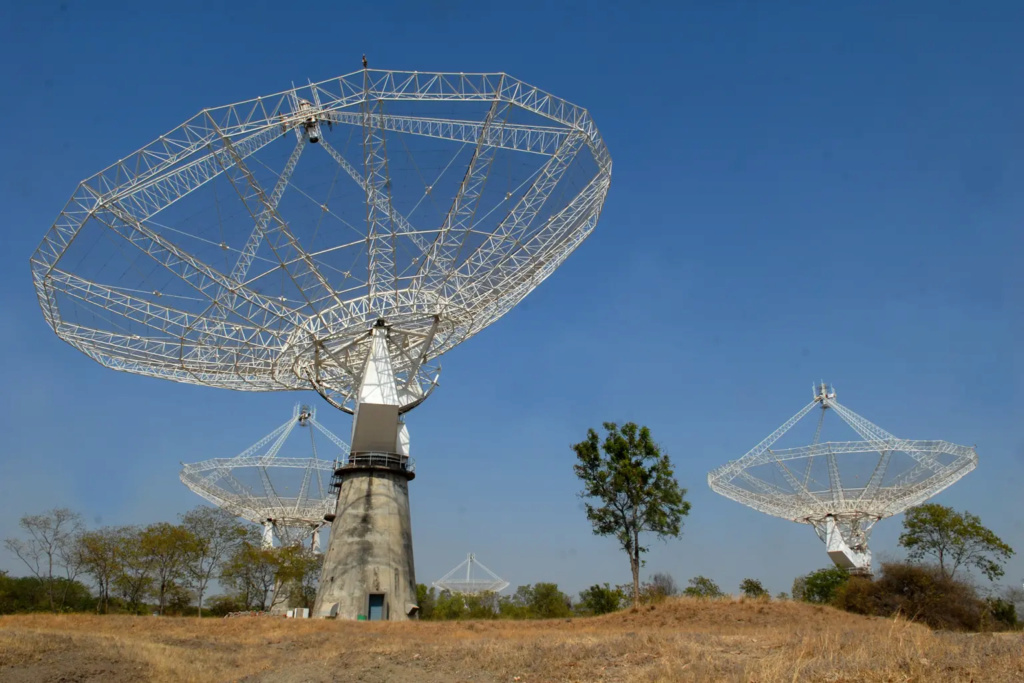Scientists detect signal 9 billion light-years away

Researchers have revealed that they have picked up a radio signal from a galaxy located nearly nine billion light years away. A historic moment according to scientists.
The community of astronomers is in turmoil. The object of this agitation? The announcement on March 3, 2022 in the Monthly Notices of the Royal Astronomical Society of the capture of the most distant signal ever intercepted from a distant galaxy. How do stars form in distant galaxies? How did our universe form? Questions that may soon have answers.
?The primitive universe ready to reveal its secrets
Researchers from India and Canada have just picked up a radio signal from the most distant galaxy yet. The radio frequency signal was picked up by the Giant Metrewave Radio Telescope (GMRT) in India and originates from the galaxy SDSSJ0826+5630 located 8.8 billion light-years from Earth. In other words, a giant leap in the cosmos if we consider that before this recording the furthest signal to have been detected was 4.4 billion light-years away. The signal was emitted when our universe, currently 13.8 billion years old, was about 4.6 billion years old.
This signal “ will help to understand the composition of galaxies at much greater distances from Earth ,” says Arnab Chakraborty, postdoctoral researcher at McGill University. A discovery made possible thanks to a natural phenomenon that scientists call “gravitational lensing” which makes it possible to pick up signals at record distances. "The gravitational lens amplifies the signal from a distant object to help us peer into the universe.primitive. In this specific case, the signal is distorted by the presence of another massive body, another galaxy, between the target and the observer. "This results in a magnification of the signal by a factor of 30, allowing the telescope to pick it up," says co-author Nirupam Roy, an associate professor in the physics department at the Indian Institute of Science.

Sorry, they're not aliens
As LiveScience reports, the 8.8 billion -year-old radio wave emanates not from an alien species, but from one of the most primitive elements in the universe: neutral hydrogen . , which formed from the debris of the Big Bang some 400,000 years after the birth of the universe. A period that astronomers call the "dark age", before the first bright stars and galaxies formed. "The reservoir of atomic hydrogen gas provides the basic fuel for star formation in a galaxy," reads the Monthly Notices of the Royal Astronomical Society study.. For researchers, understanding the evolution of hydrogen gas at the origin of the universe would help to better understand the evolution of galaxies.
According to them, this discovery shows that it is possible to observe distant galaxies in similar situations with gravitational lenses. It also opens new opportunities to probe the cosmic evolution of stars and galaxies with low-frequency radio telescopes.
Source : websites

